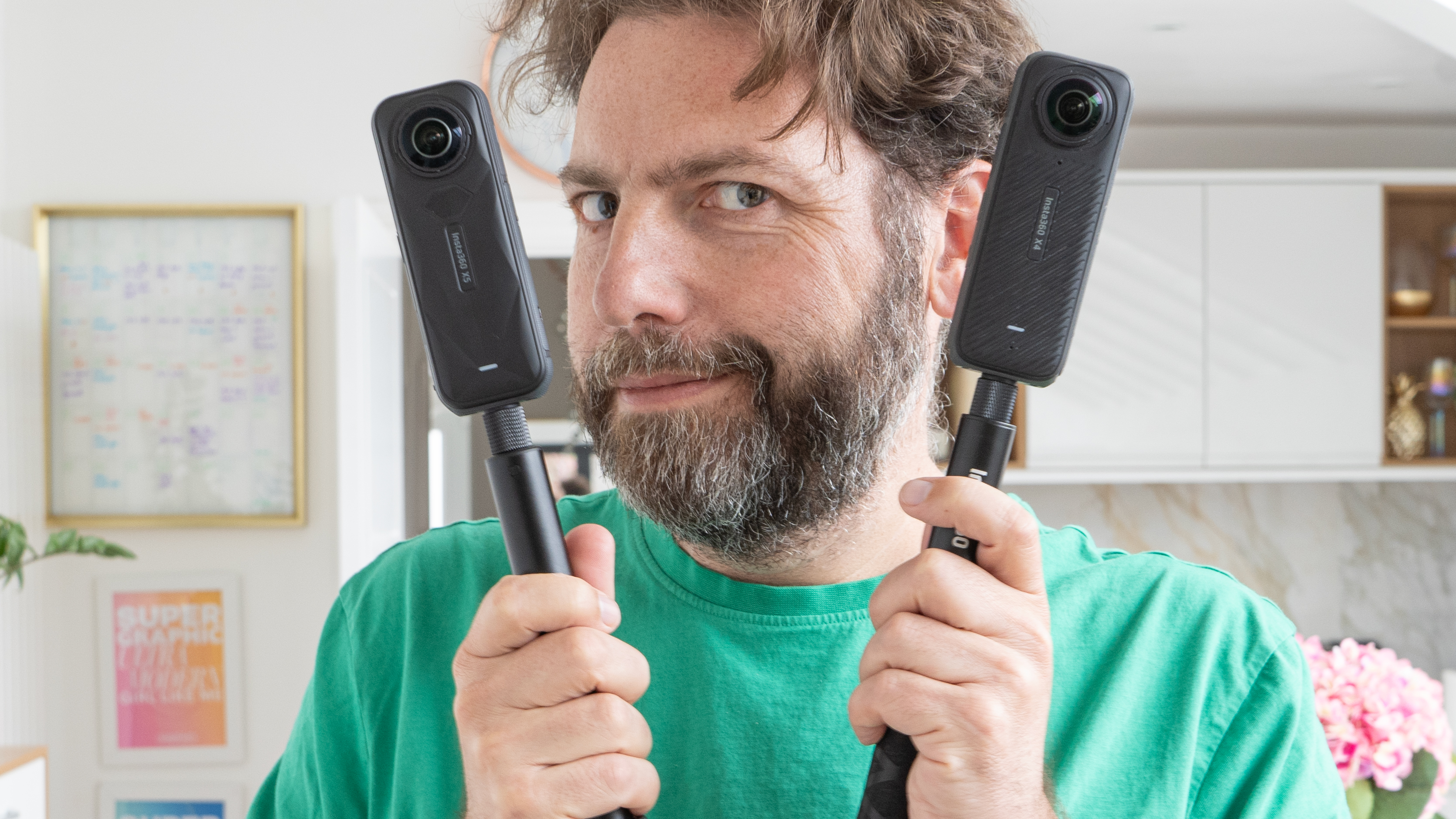Nikon defies the doomsayers with bumper profits
Nikon's restructuring pays off with its imaging division making big profit gains this quarter

Rumors of Nikon's demise have been greatly exaggerated. For the past year or two, voices across the internet have been predicting which camera manufacturer might drop out of the increasingly shrinking and competitive camera market. Nikon is a name that has been thrown out many times as it was seen as the last to catch on to the full-frame mirrorless movement (good luck Pentax), and its first two serious mirrorless cameras, the Z6 and Z7, were less compelling than some of the competition.
In the last year though, Nikon have really turned things around, the revamped Z6 II and Z7 II fixed a lot of the gripes about the originals, and they are now excellent cameras we would wholeheartedly recommend. The latest professional flagship the Nikon Z9 is also one hell of a camera and a serious contender up against the best of the best such as the Sony A1 and Canon R3.
This has all paid off for Nikon, in the latest quarter the company posted an operating revenue for its imagining division of 114.5 billion yen and an operating profit of 22.2 billion yen which is a 28.4% jump in revenue from its financial posting from the same quarter last year. Nikon actually beat its own estimates by 9.5%. You can read Nikon's full financial results here.
Nikon has chalked this increase in revenue and profits down to the increasingly weaker yen against the global markets, and the decision to slim down their entry-level cameras and lenses, instead focusing all their marketing and development on cameras and lenses for the higher-end enthusiast and professional markets.
Nikon actually sold a lot fewer cameras and lenses in 2022. Sales of interchangeable lens cameras (DSLRs and mirrorless cameras) were down by 20,000 units or 2.6%. Lens sales were down by 50,000 units or 3.9%, and compact camera sales were down by 60,000 units, which is a big 30% year-on-year fall.
These reductions in unit sales are unsurprising as high-end cameras are more expensive, so will sell in fewer numbers but have a significantly higher cost-to-profit ratio than entry-level models. The reduction in compact camera sales is also inevitable as Nikon has all but stopped making them, so expect to see that number keep falling.
Nikon's forecasts show that it expects profits to keep rising in the next financial year as it continues its focus on mid-level and high-end cameras with higher profitability, as well as the easing supply chain constraints bringing costs. Forecasts show an expected 15 billion yen increase in profits in 2023. Nikon expects its overall sales volumes to remain flat in the next year but to increase its market share with more sales of mirrorless cameras and lenses.
Get the Digital Camera World Newsletter
The best camera deals, reviews, product advice, and unmissable photography news, direct to your inbox!
Nikon however is a big company, and its imaging division is just one part of the wider business. Currently, its precision equipment department is the biggest earner, with healthcare, components manufacturing, and industrial metrology also contributing to the company books. So the imaging division's future really depends on the company as a whole remaining healthy.
This is a great financial quarter for Nikon and shows that their latest mirrorless efforts are really starting to pay dividends with consumers.
If you want more on Nikon, you can read our guides to the best Nikon cameras, and the best Nikon lenses.

Gareth is a photographer based in London, working as a freelance photographer and videographer for the past several years, having the privilege to shoot for some household names. With work focusing on fashion, portrait and lifestyle content creation, he has developed a range of skills covering everything from editorial shoots to social media videos. Outside of work, he has a personal passion for travel and nature photography, with a devotion to sustainability and environmental causes.
